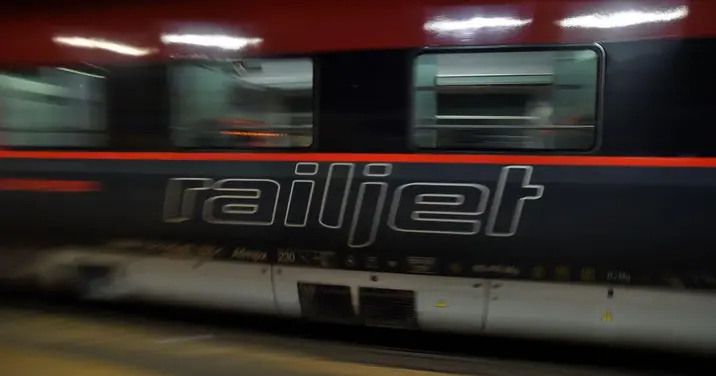T4K3.news
EU expands high speed rail network to connect capitals
The bloc will unveil an autumn plan to boost cross border high speed rail and cut emissions by investing in a continent wide network.
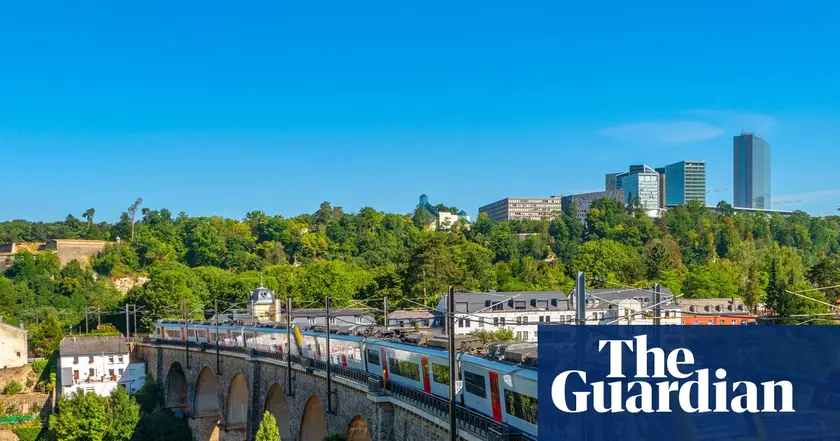
The bloc outlines a long term plan to link capitals with faster cross border rail to rival air travel and cut emissions.
EU expands high speed rail network to connect capitals
The European Commission will present in autumn a plan to expand high speed rail across Europe. It emphasizes coordinated planning, financing and rolling stock that can operate across national borders. The aim is a passenger centered, affordable network that makes rail travel faster and more convenient than flying in many long distance trips. The plan targets a doubling of high speed rail traffic by 2030 and a tripling by 2050, backed by about €546 billion for nearly 49,400 km of track.
Key Takeaways
"Ultimately, people will choose the train not just because it is more sustainable but because it is the more comfortable, faster and more affordable option for long-distance travel in Europe."
Central claim about expected consumer behavior
"We need a coordinated financing approach, combining the best use of EU funding, national support and private investment."
Funding strategy
"I am naturally an optimist, and I am also a train guy."
Policy enthusiasm and personal stance
"That is our direction of travel."
Policy outlook and trajectory
Interoperability remains a core hurdle. Different gauges, signalling systems and ticketing across member states slow cross border trips and raise costs. National operators often prioritize domestic routes due to budget pressures, which weakens the scale needed for a continent wide grid. The plan proposes standardised rolling stock, easier market access for new operators and a single ticketing system to simplify journeys. A direct 11 hour Prague Berlin Copenhagen service set for next year illustrates growing demand for cross border travel and tests the market for longer routes. If funding can be aligned with market access and passenger rights, the rail option could become a true climate friendly backbone for European mobility.
Highlights
- The train wins when it is faster and easier to book.
- A single network changes more than travel it reshapes daily life.
- Bold funding can unlock a continent scale rail future.
- Passengers deserve a ticket system that feels simple.
Budget and political risk to the plan
The plan requires large scale investment and cross border cooperation. Domestic budget pressures and political disagreements could slow or scale back implementation. Public reaction to funding choices and the pace of reform may influence the timetable.
The test for Europe is turning big plans into everyday journeys.
Enjoyed this? Let your friends know!
Related News
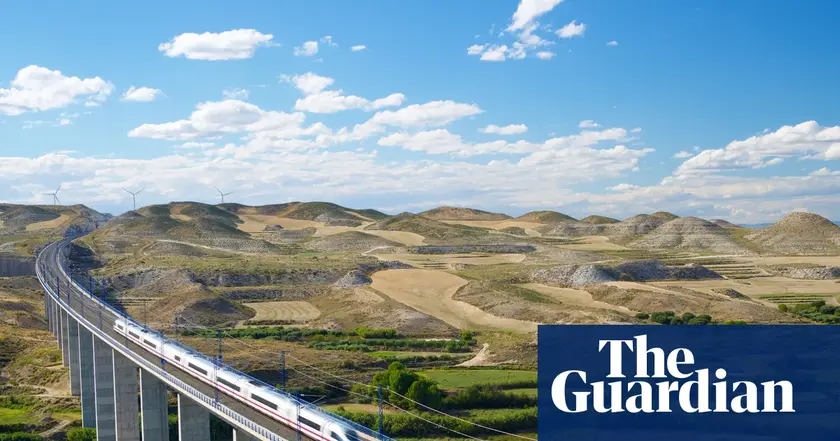
European cross border rail travel remains hindered by ticketing costs and tangled networks

Maglev train prototypes to include new soundproofing technology
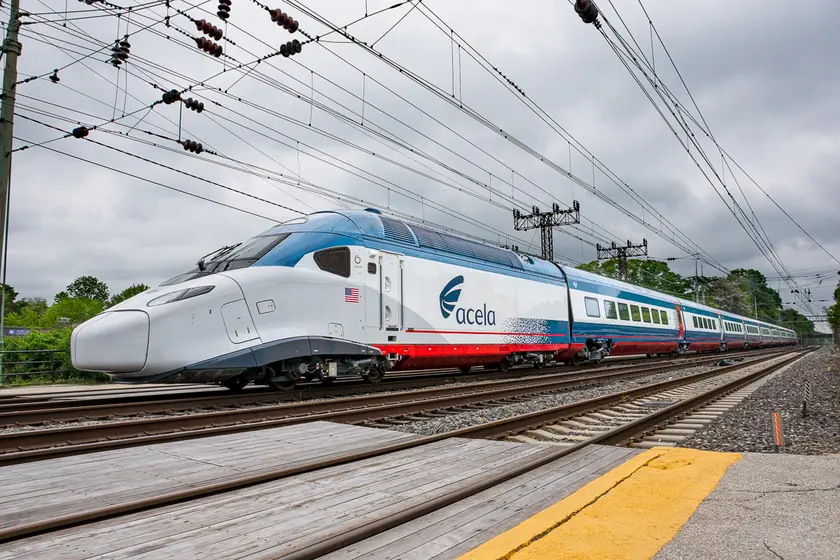
NextGen Acela Debuts at Penn Station
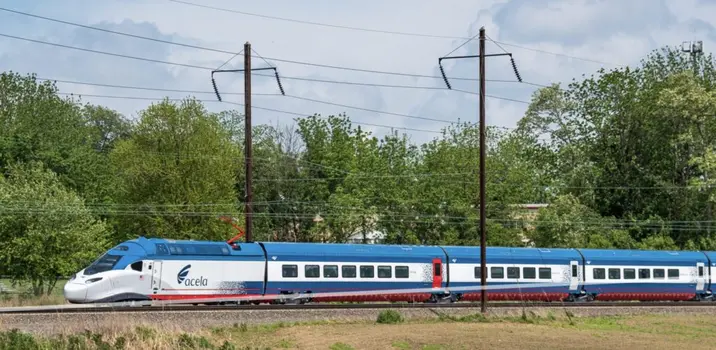
NextGen Acela Debuts August 28
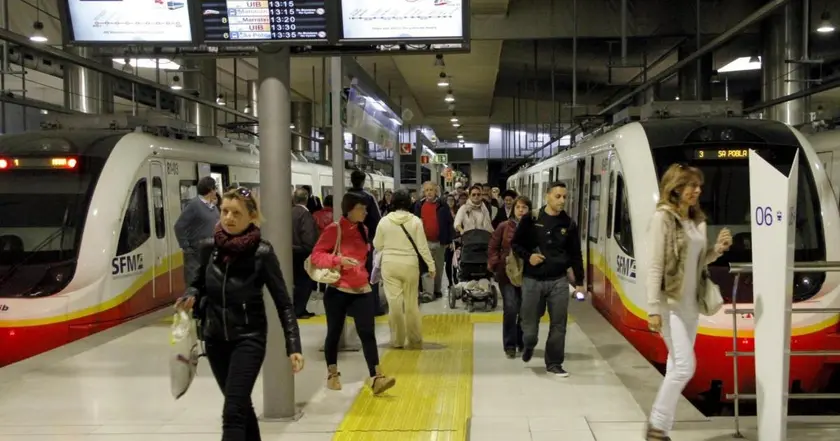
Mallorca expands rail network to support tourism
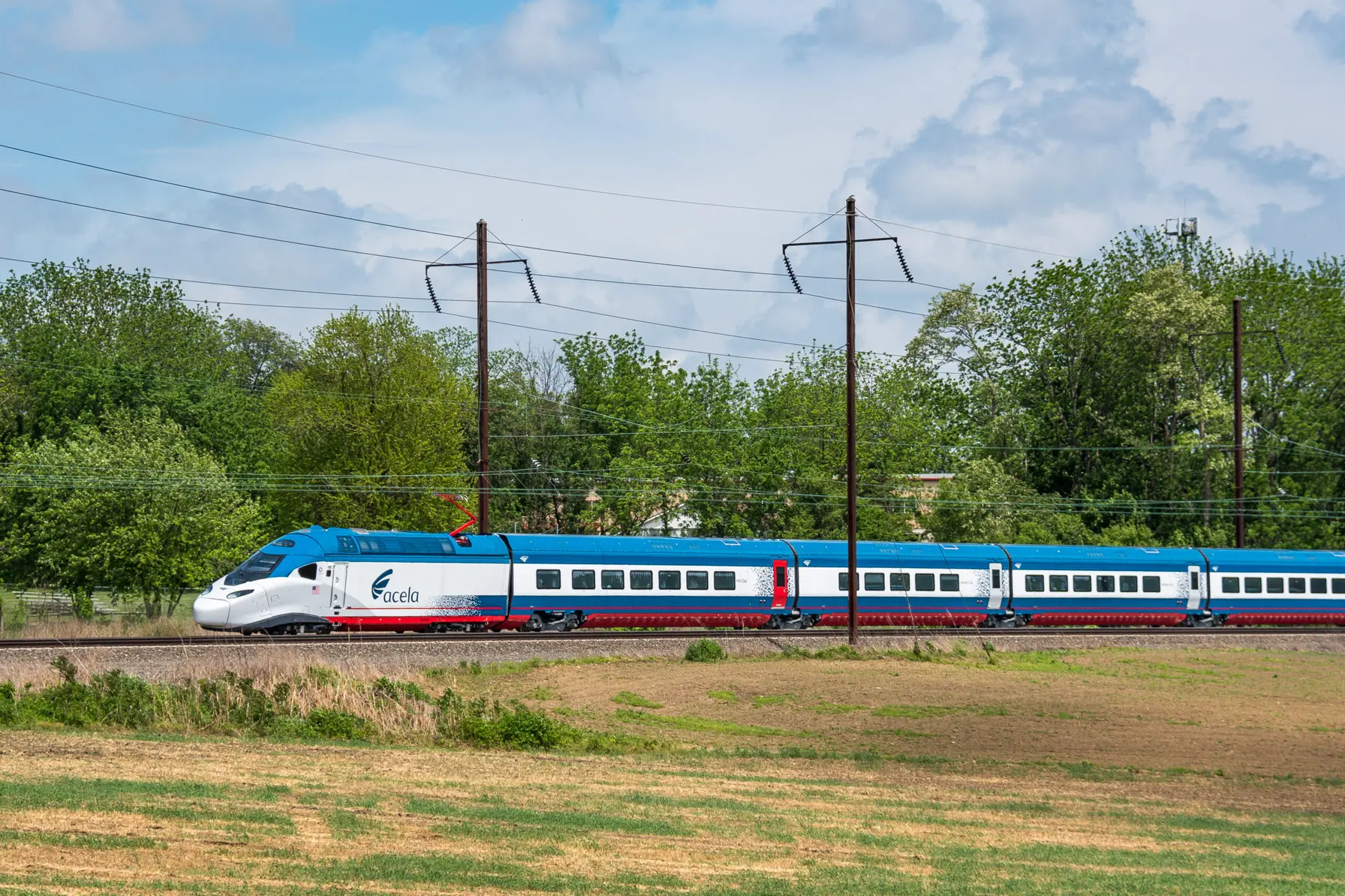
NextGen Acela Launch Set for August 28

T-Mobile named best phone carrier of 2025

Storm Floris causes power outages and transport disruptions
